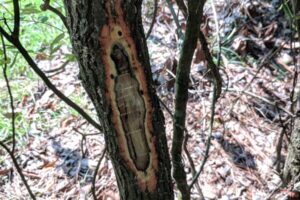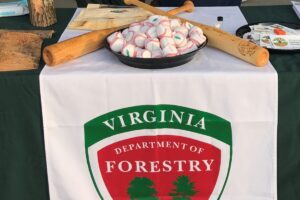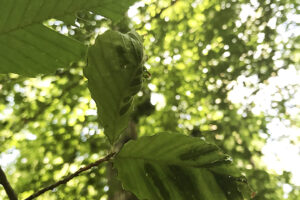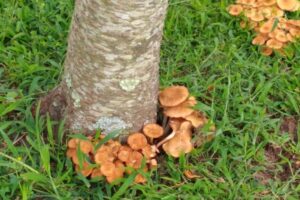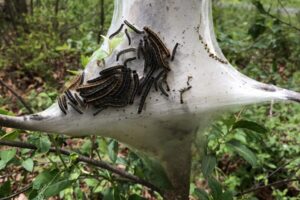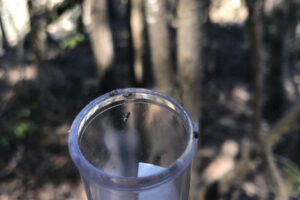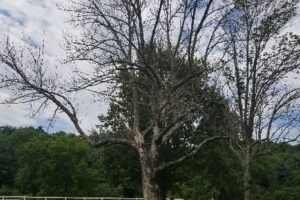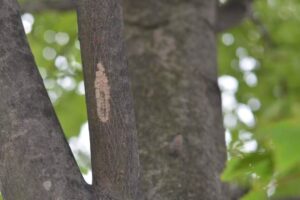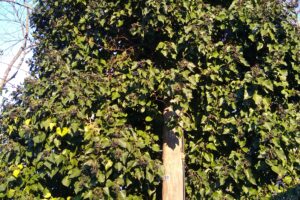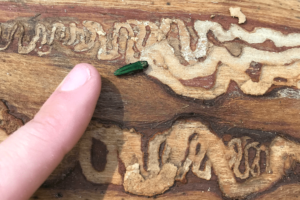Laurel Wilt Confirmed in Virginia
September 14, 2021 - By Katlin Dewitt, VDOF Forest Health Specialist There is officially a new threat to Virginia’s forests. The USDA Diagnostic Lab confirmed laurel wilt disease (LWD) on September 9 from a sample collected on an impacted sassafras tree in Scott County. This was the first detection of this disease in Virginia, although it has been confirmed throughout much of the South and in our neighboring states of North Carolina, Tennessee, and... Read More

